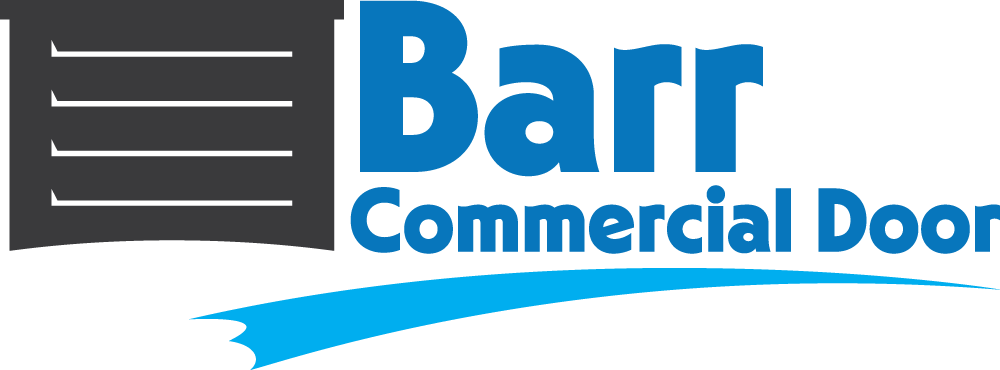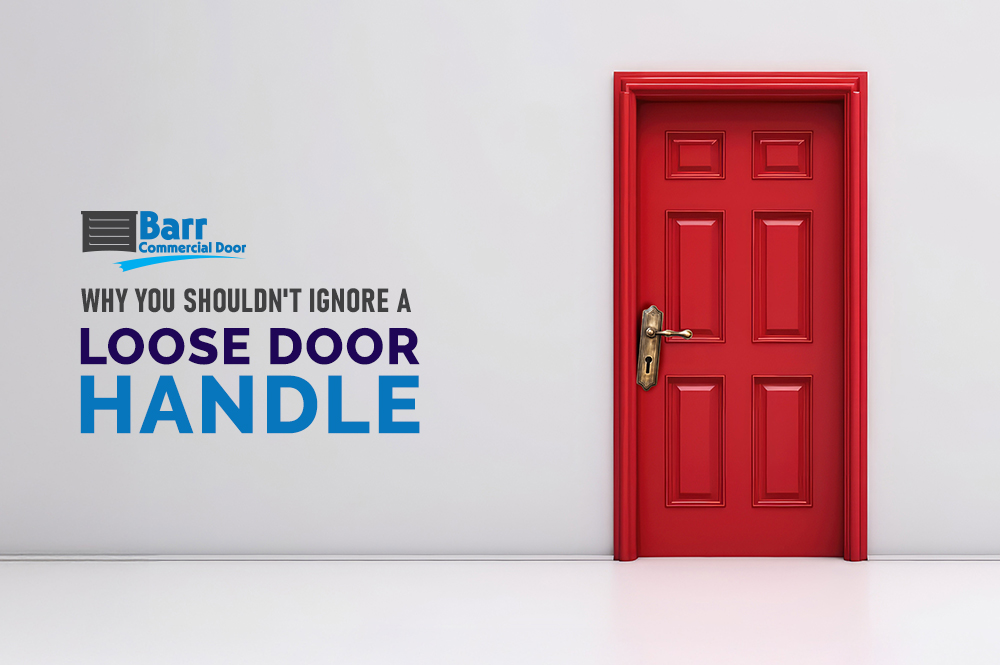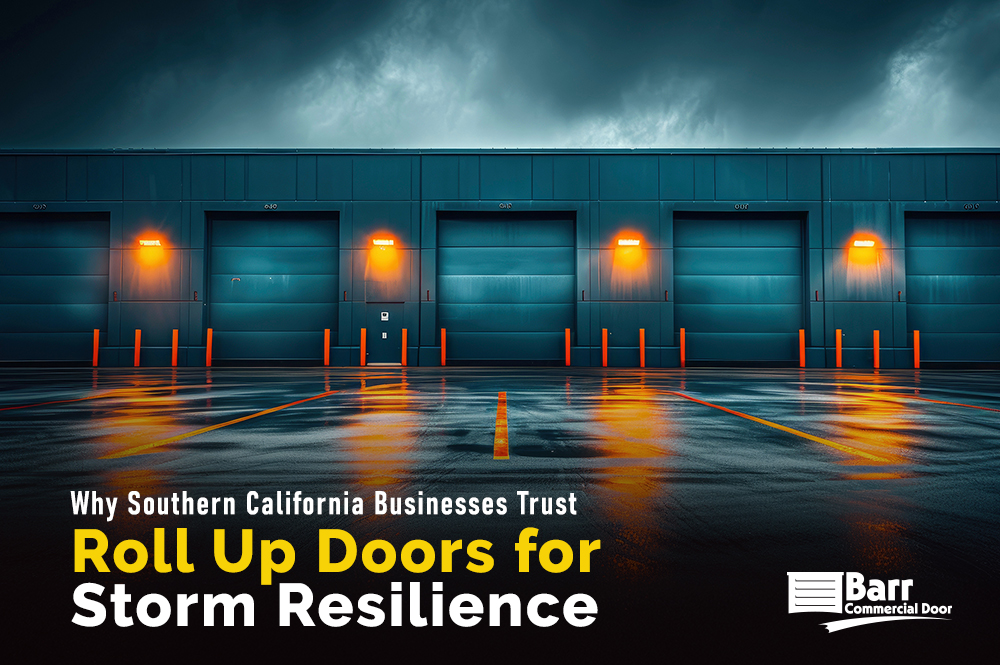Overview: Learn the key signs your truck dock leveler needs replacement or retrofitting to maintain safety, efficiency, and smooth loading operations!
Your dock leveler quietly carries the weight of your operation — literally. It bridges the gap between trucks and your facility floor, keeping your workflow safe and efficient. But when it starts showing its age, the consequences go far beyond a simple slowdown.
Whether you manage a warehouse, distribution center, or manufacturing facility, recognizing the early signs of dock leveler wear can save you from costly downtime or workplace injuries. Below are clear indicators that it’s time to replace or retrofit your truck dock leveler before it fails.
Let’s jump into learning more!
When Every Lift Takes Longer Than It Should
If your dock leveler feels sluggish, jerky, or uneven when raising or lowering, that’s a clear sign something’s wrong. Hydraulic or mechanical fatigue often shows up as delayed response, sudden drops, or uneven movement.
These slow reactions aren’t just frustrating — they’re dangerous. A hesitating leveler can catch a forklift mid-crossing or throw off a worker’s balance. A retrofit to a more responsive hydraulic or air-powered system can bring older docks back up to speed without full replacement.
Damage You Can See & Shouldn’t Ignore
Cracks in the platform, a warped lip, or broken welds are not cosmetic issues. They’re red flags that your leveler can no longer safely support the loads it’s rated for. Once structural integrity is compromised, even the best maintenance can’t fully restore safety.
If your dock surface looks bent or uneven, replacement is the safest choice. Continuing to operate with visible damage risks equipment failure and potential injury.
When Leaks & Pressure Loss Become Routine
Hydraulic oil spots beneath your leveler or that persistent hissing sound from an air system? Those aren’t harmless quirks. They’re symptoms of worn seals, valves, or cylinders and a clear indication that your system’s efficiency is fading.
Leaks not only slow performance but also create slip hazards. If you’re refilling fluid or losing pressure more often than not, upgrading to a modern, sealed hydraulic setup will save time, mess, and money.
When Repairs Keep Adding Up
If you find yourself calling for service more than once or twice a year, your dock leveler may be draining your budget. Frequent repairs — new springs, cylinders, pins—add up fast and don’t solve the underlying wear.
At some point, constant maintenance costs outweigh the price of a retrofit or replacement. A professional assessment can help determine which route makes more sense for your equipment and budget.
When Safety Standards Have Moved Ahead of You
Dock safety regulations and design standards evolve every few years, and older levelers often fall behind. Modern units come with smoother transitions, automatic return-to-dock features, and enhanced fall protection.
Operating outdated equipment isn’t just inefficient but a liability. Upgrading ensures compliance with OSHA safety guidelines and protects both your crew and your business from preventable accidents.
Keep Your Dock Safe, Efficient, and Future-Ready
A failing dock leveler doesn’t just impact your workflow — it affects your bottom line. If you’ve noticed any of these signs, it’s time to have your equipment professionally evaluated.
Barr Commercial Door provides expert truck dock leveler service, repair, and installation across Southern California. From minor adjustments to full replacements, our technicians keep your facility compliant and operational.
Frequently Asked Questions (FAQs)
1. How long should a dock leveler last?
Typically 10–15 years with proper maintenance, though heavy use can shorten that timeframe.
2. Is it better to retrofit or replace?
If the structure is sound, a retrofit can extend life at lower cost. Severe damage or outdated systems usually warrant full replacement.
3. How often should dock levelers be inspected?
At least twice per year by a qualified technician to ensure safety and performance compliance.


